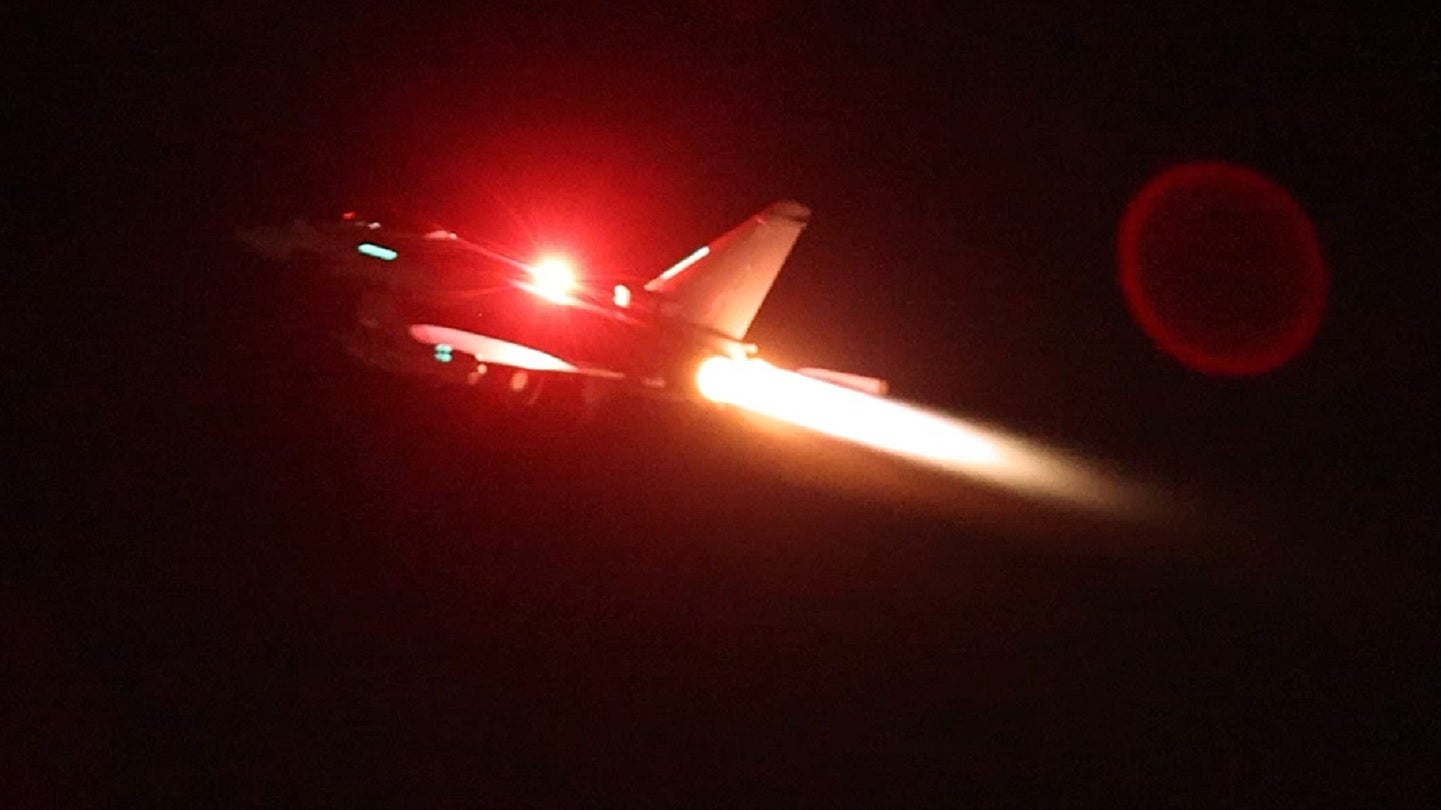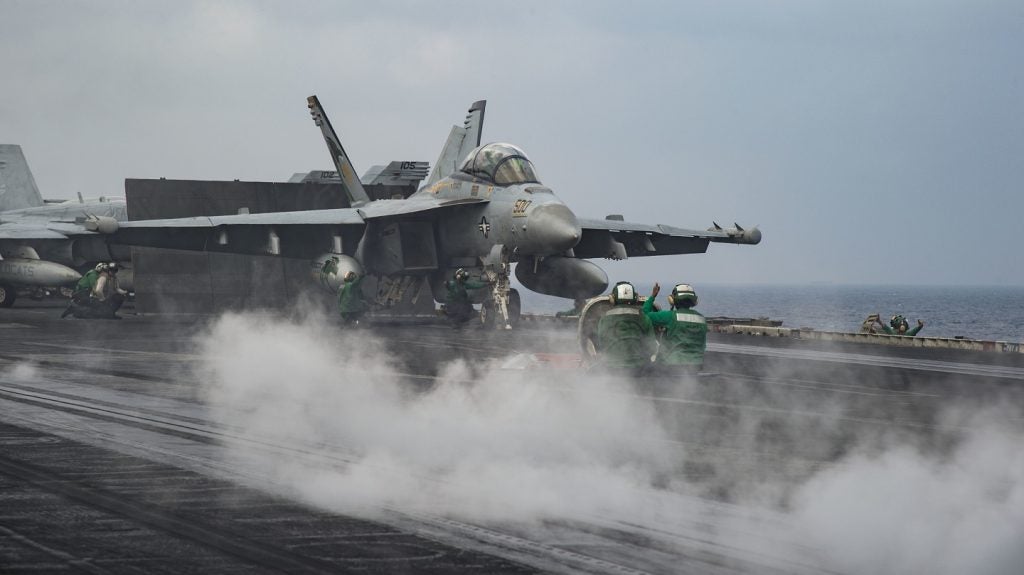
After nearly 30 separate attacks on commercial shipping transiting the Red Sea by forces based in Houthi controlled areas of Yemen, the US and UK launched a series of retaliatory air and naval strikes during the night of 11 January 2024, against military targets operated by the Iran-backed movement.
Yemen’s Houthi movement, which controls vast swathes of the country following a 2014 uprising backed by Iran, has launched dozens of missile and drone attacks against commercial shipping in transit through the region, vessels that the Houthis say are supporting Israel’s ongoing war in the Gaza Strip.
In October last year, following the outbreak of war between Israel and the Hamas authorities of the Gaza Strip, the Houthis stated that they would become an active participant in the conflict and target any Israel-linked shipping in the Red Sea. This move would likely have come at the behest of Iran, which backs, funds, and supplies military hardware to the Houthis.
Releasing sparse statements on 11 January, the US and UK stated that the naval and air strikes were intended to degrade Houthi military capabilities and attempt to ensure the free flow of trade through the Red Sea, a key body of water to the south of the Suez Canal through which some 15% of the world’s shipping passes.
The strikes were apparently “supported” by Australia, the Gulf state of Bahrain, Canada, and the Netherlands.
The US has a considerable buildup of forces active in the Red Sea, with strikes able to be carried out by F/A-18 Super Hornet aircraft embarked on the US aircraft carrier USS Dwight D Eisenhower, or Tomahawk cruise missile strikes from Arleigh Burke-class guided missile destroyers. Few details were released about the US strikes from the US Pentagon.

In a statement, US Defense Secretary Lloyd Austin said that the strikes “targeted sites associated with the Houthis’ unmanned aerial vehicle, ballistic and cruise missile, and coastal radar and air surveillance capabilities”.
The UK, which has no land attack capability on the Type 45 air defence destroyer HMS Diamond operating in Red Sea, utilised four RAF Typhoons FGR4 multi-role fighters based at RAF Akrotiri air base in Cyprus, performing the several thousand-mile round trip with help from a Voyager air-to-air refuelling aircraft.
The UK Government stated that the four Typhoons used Paveway IV guided munitions to strike two targets in Yemen, one located at Bani in north-western Yemen used to launch reconnaissance and attack drones. The second target, an airfield at Abbs, was purportedly used to launch both cruise missiles and drones into the Red Sea area.
Houthis and Iran condemn attack, oil tanker seized
In response, Houthi leaders condemned the joint US-UK attacks, pledging to continue attacks on shipping in the Red Sea. Iran was similarly vociferous in its response, which earlier on 11 January confirmed that its naval forces had seized an oil tanker in the Gulf of Oman, with the vessel and its cargo forced to transit into Iranian waters.
On 10 January, the UN Security Council issued a resolution called for the Houthis to cease all attacks on merchant shipping in the Red Sea “immediately” and release the MV Galaxy Leader and its crew, a commercial vessel seized by Houthi forces several weeks ago.



